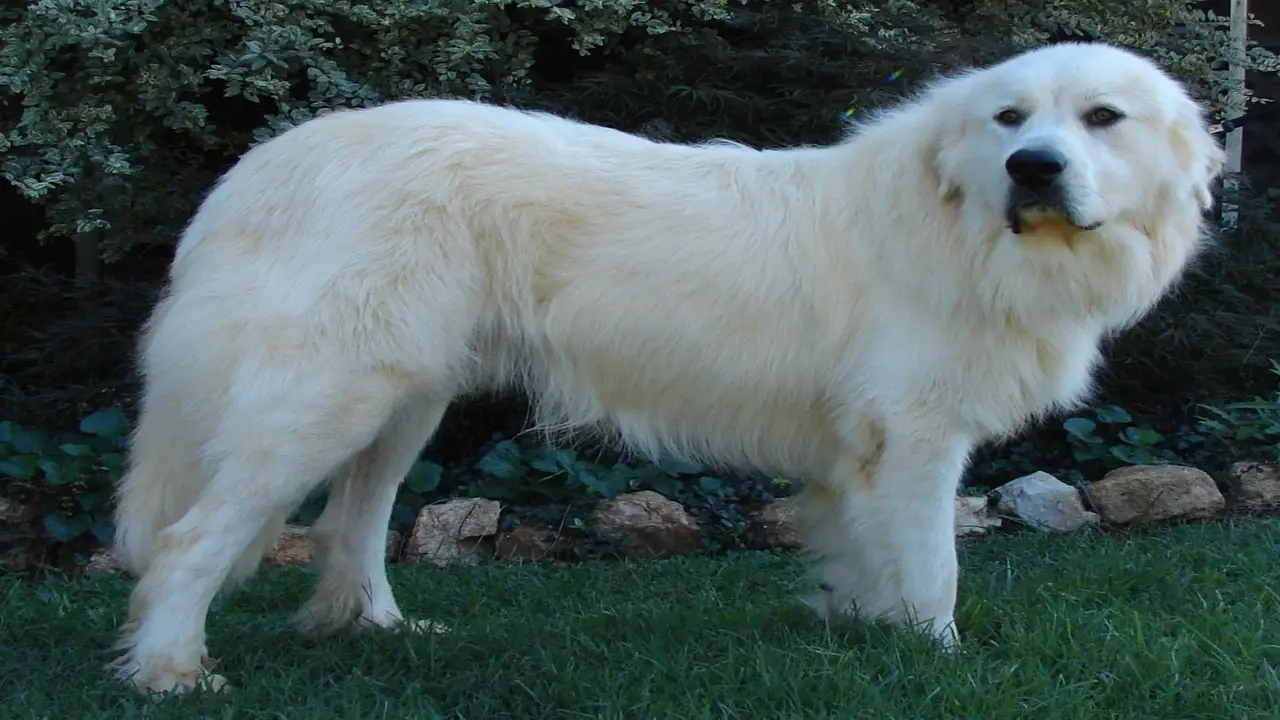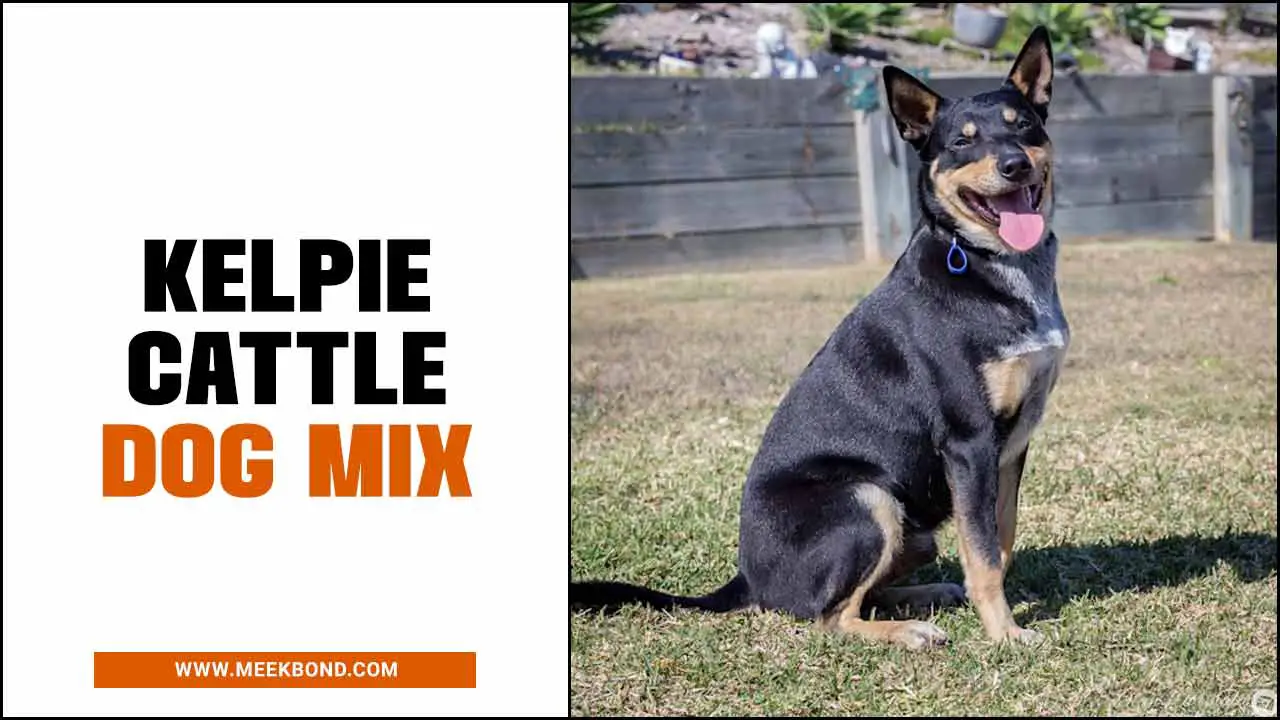The Great Pyrenees breed, originating from the Pyrenees mountains, has a rich history and distinctive physical characteristics. They are popular for their gentle temperament and role as livestock guardians.
However, meeting their needs is crucial – they require ample space, mental stimulation, and early socialization. While generally calm, any dog can display aggression without proper training.
Here we will explore has a great pyrenees ever killed a human. We will also discuss aggression in dogs in general, factors that influence it, and signs to look out for. You will learn how to ensure your safety around Great Pyrenees dogs. So buckle up and get ready to learn everything you need to know about Great Pyrenees dogs.
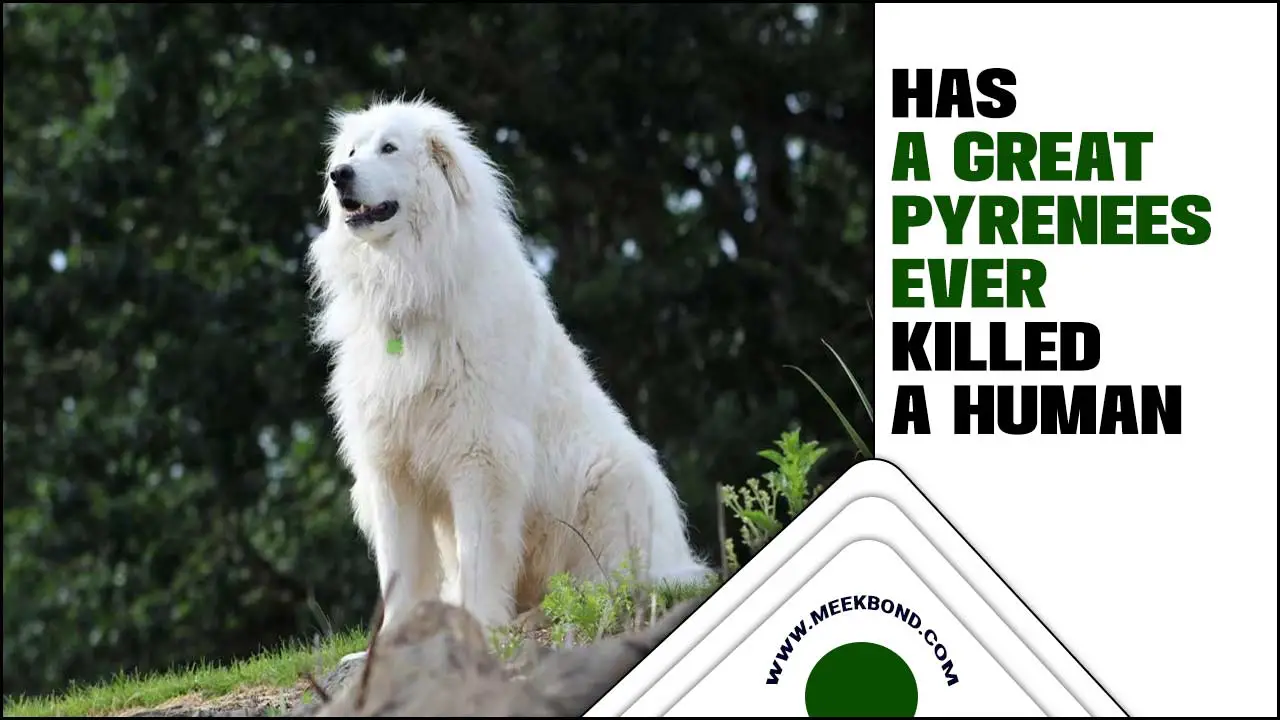
Has A Great Pyrenees Ever Killed A Human – Explained
Fatal incidents involving the Great Pyrenees are extremely rare and should not see as representative of the breed as a whole. Responsible ownership, training, and understanding of each dog’s temperament are crucial in preventing aggression.
While any breed can display aggressive behaviour under certain circumstances, proper training and socialization can help prevent this in Great Pyrenees. Despite a small number of incidents, Great Pyrenees are popular for their gentle and protective nature, making them excellent family pets. Below we discuss more on has a great pyrenees ever killed a human.
Aggression In Dogs: A General Overview
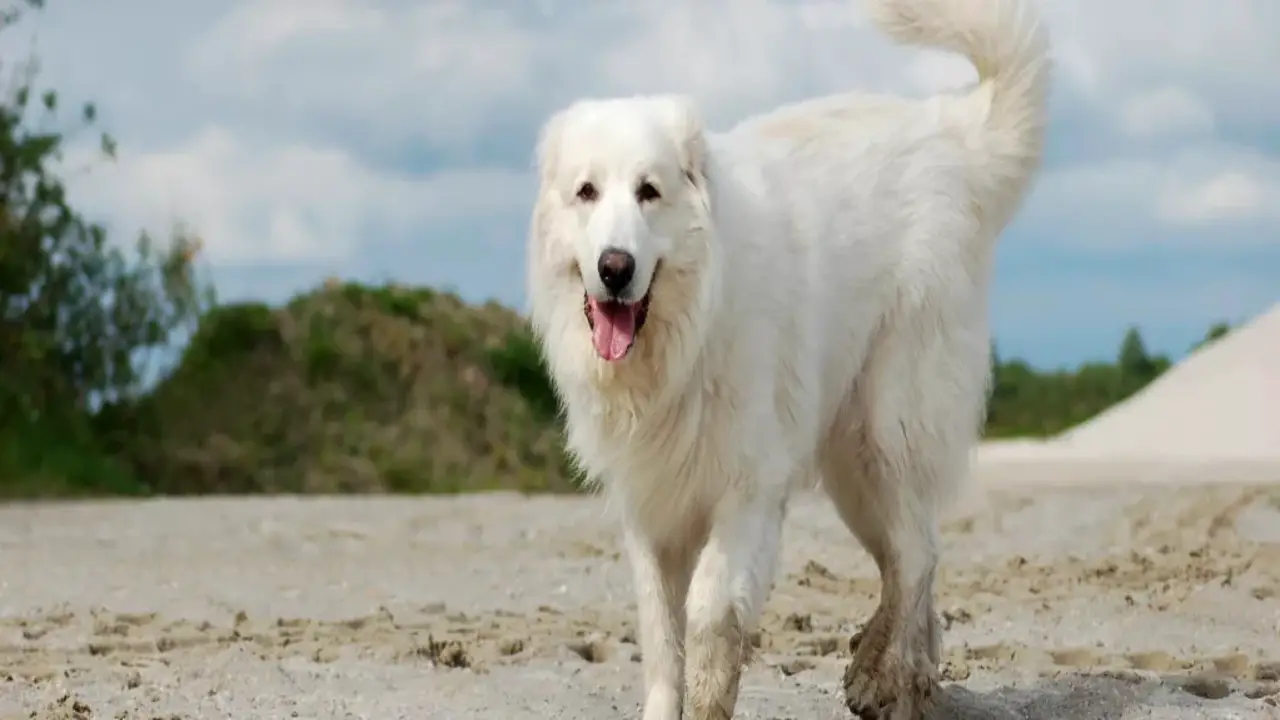
Aggression in dogs is a complex issue that can arise from various factors, including genetics, socialization, and environmental influences. While it is rare for a Great Pyrenees or any dog breed to kill a human, it is important to recognize the signs of aggression and take appropriate measures to prevent potential harm. Here are some key points to consider:
- – Aggression is not breed-specific: Any dog, regardless of breed, can exhibit aggressive behaviour.
- – Early socialization is crucial: Properly socializing your dog from an early age can help prevent aggression towards humans and other animals.
- – Understanding body language: Recognize the signs of aggression, such as growling, snapping, or lunging. If you notice these behaviours in your dog, seek professional help.
- – Seek professional guidance: Consult with a certified dog trainer or animal behaviourist if you have concerns about your dog’s behaviour.
- – Responsible ownership: Proper training, exercise, and mental stimulation for your dog can help prevent aggression.
Remember that every dog is an individual, and while aggression can be managed and treated in most cases, it is essential to prioritize safety and seek professional advice when necessary.
Factors Influencing Aggression In Dogs
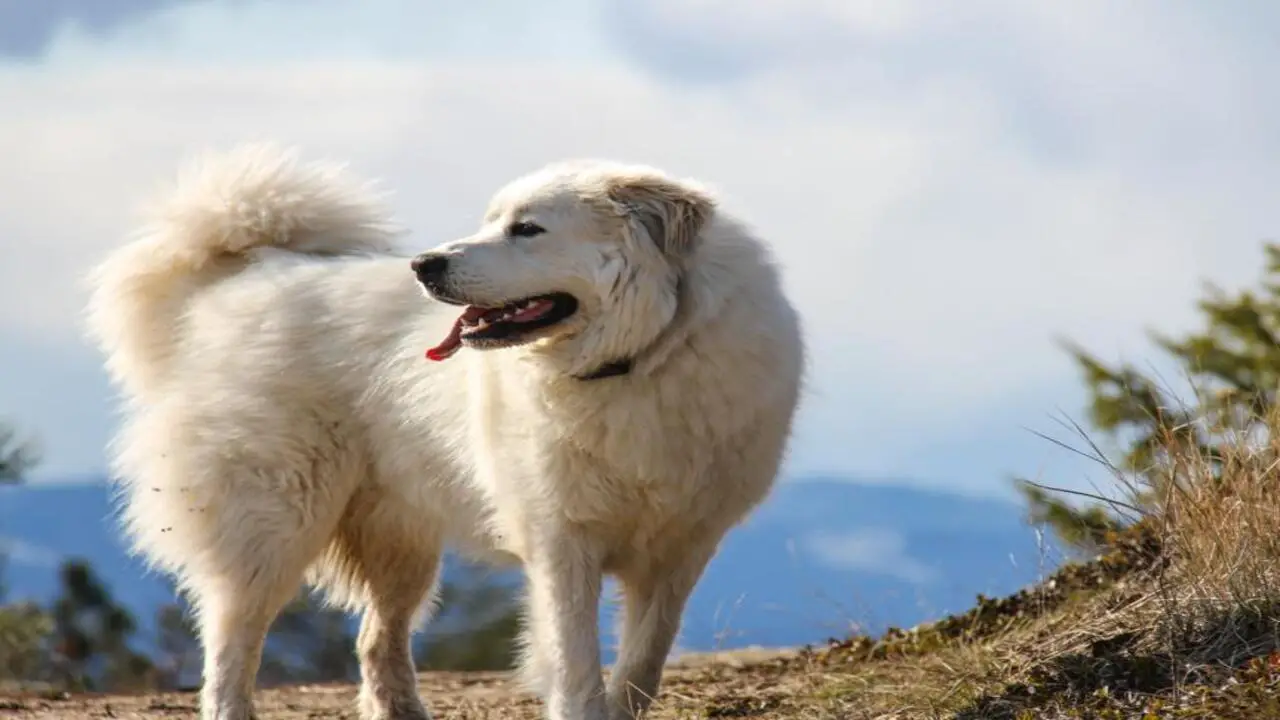
Understanding aggression in dogs involves considering various factors. Genetic predispositions and breed characteristics influence behavior but are not the sole determinants. It is important to remember that each dog is unique, and factors contributing to aggression can vary. Consultation with a professional dog trainer or behaviourist is recommended if you have concerns about your dog’s behaviour. Factors Influencing Aggression in Dogs:
- – Breed: While any dog has the potential to display aggression, certain breeds may have a higher predisposition for aggressive behaviour. It is important to note that breed alone does not determine a dog’s behaviour, as individual temperament and upbringing also play significant roles.
- – Socialization: Proper socialization from an early age is crucial in preventing aggression in dogs. Exposing them to various environments, people, and other animals can help them develop positive behaviours and reduce the likelihood of aggression.
- – Training and obedience: Consistent training and obedience classes can help establish boundaries and teach dogs appropriate behaviours. Positive reinforcement methods are generally recommended to promote good behaviour and discourage aggressive tendencies.
- – Health and medical issues: Pain or discomfort caused by underlying health conditions can contribute to dog aggression. Regular veterinary check-ups are essential to identify any potential health issues affecting their behaviour.
- – Environment and living conditions: Dogs in stressful or chaotic environments may be more prone to aggression. Providing a calm and structured environment with plenty of mental stimulation can help alleviate stress and reduce the risk of aggressive behaviour.
Common Signs Of Aggression In Dogs
It is important to note that while aggression can be exhibited by any breed of dog, including the Great Pyrenees, it is not common for them to cause harm to humans. Great Pyrenees are popular for their calm and gentle nature, and they are typically very good with children and other animals.
However, like any dog, they can display aggressive behaviour if they feel threatened or perceive a situation as threatening. It is always best to consult with a professional dog trainer or behaviourist if you have concerns about your dog’s behaviour. Common Signs of Aggression in Dogs:
- – Growling or snarling
- – Baring teeth
- – Lunging or charging
- – Showing a stiff body posture
- – Raised fur along the back
- – Direct eye contact or staring
- – Biting or snapping
Analyzing Aggression In The Great Pyrenees
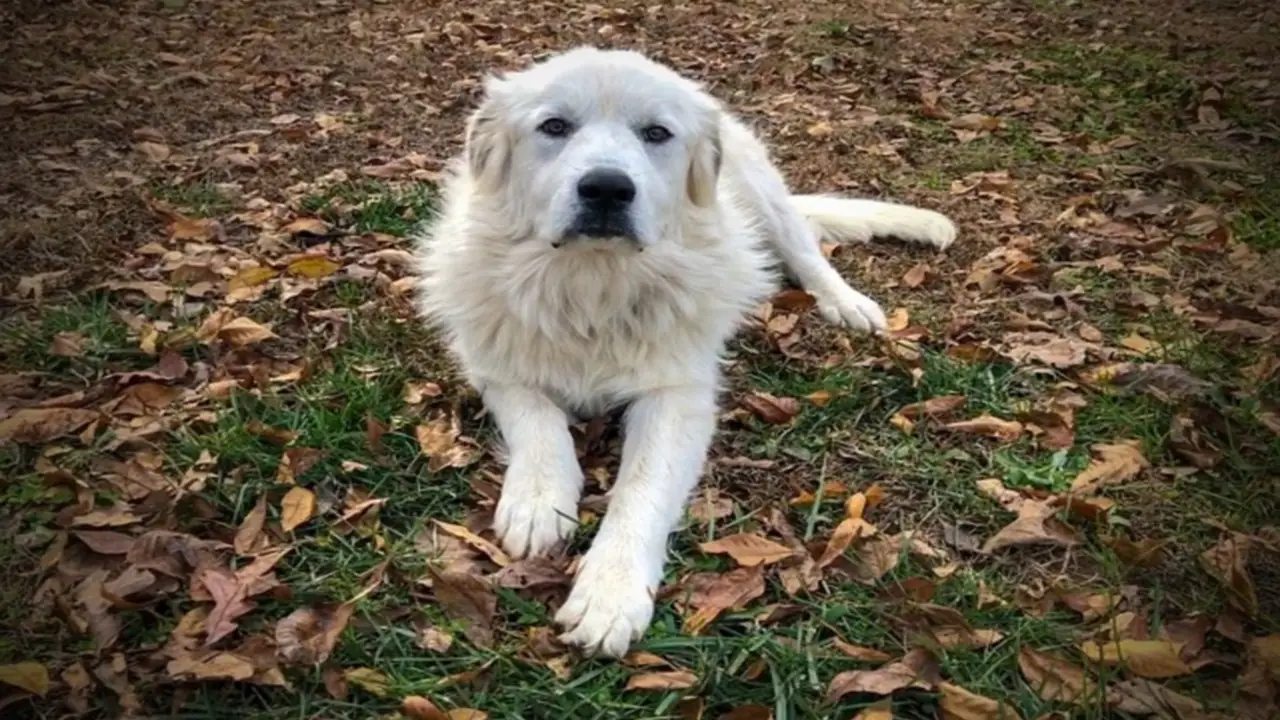
Understanding aggression in Great Pyrenees requires knowledge of their breed characteristics. Although known for their gentle and protective nature, they can display aggression under certain circumstances. Common triggers include fear, territoriality, and protection of loved ones.
Recognizing signs such as growling and dominant behaviour is important. Proper socialization and positive reinforcement training play a critical role in managing aggression. You can prevent and manage aggressive behaviour in these loving dogs by providing a nurturing environment.
How To Ensure Safety Around Great Pyrenees?
It’s important to remember that while there have been instances of fatal attacks involving the Great Pyrenees, these cases are extremely rare. Most Great Pyrenees are gentle and loving dogs when properly trained and socialized. However, if you notice any signs of aggression in your dog, it is crucial to seek professional help from a qualified dog trainer or behaviourist to address the issue promptly and ensure the safety of both humans and the dog itself.
- – Increased growling or barking: If a Great Pyrenees starts growling or barking more frequently, especially in situations where they previously didn’t, it could be a sign of increasing aggression.
- – Snapping or biting: Any signs of aggression towards humans, such as snapping or biting, should be taken seriously and addressed immediately.
- – Stiff body posture: If a Great Pyrenees becomes rigid and tense when approached by humans, it may indicate aggression.
- – Raised hackles and staring: When a Great Pyrenees raises the fur on its back and stares intensely at a person, it can be a warning sign of potential aggression.
- – Protective behaviour over resources: If a Great Pyrenees becomes possessive or aggressive over food, toys, or other resources, it may increase territorial behaviour.
- – Lack of socialization: Insufficient socialization can contribute to aggressive behaviour in Great Pyrenees. If they haven’t been exposed to various people and situations during their development, they may struggle with interacting calmly with humans.
How Can You Tell If A Great Pyrenees Is Becoming Aggressive?
It is important to note that while Great Pyrenees are generally gentle and friendly, any dog can become aggressive if not properly trained and socialized. If you notice any concerning signs of aggression in your Great Pyrenees, it is recommended to seek professional help from a qualified dog trainer or behaviourist. How Can You Tell If A Great Pyrenees is Becoming Aggressive?
- – Increased growling or snarling: If your Great Pyrenees starts growling or snarling more frequently, especially in situations they didn’t before, it could be a sign of aggression.
- – Protective behaviour: While the Great Pyrenees are naturally protective, it could indicate aggression if they become overly possessive or defensive of their territory or family members.
- – Stiff body language: Pay attention to your dog’s body language. If they hold their body stiffly, with raised hackles and a tense posture, it could be a warning sign of aggression.
- – Lunging or biting: Any form of lunging or biting towards people or other animals should be taken seriously and addressed immediately.
How Can You Train A Great Pyrenees To Avoid Aggression?
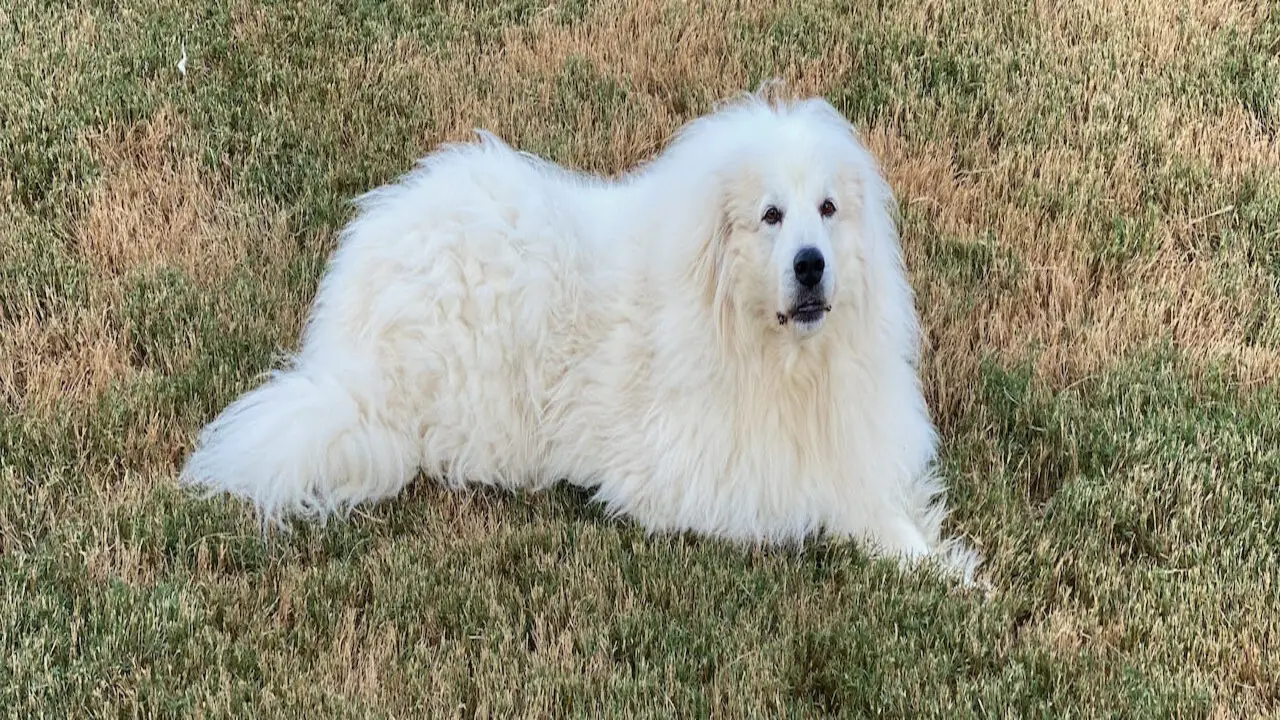
Training the Great Pyrenees to avoid aggression is an important responsibility for dog owners. While these gentle giants are popular for their calm and protective nature, establishing boundaries and reinforcing positive behaviours is still necessary. Here are some tips on how to train a Great Pyrenees to avoid aggression:
- Start early: Begin training your Great Pyrenees as soon as possible, ideally when they are still puppies. This will help them develop good habits and prevent potential aggression from becoming ingrained.
- Socialization: Expose your Great Pyrenees to different people, animals, and environments from a young age. This will help them become comfortable and confident in various situations, reducing the likelihood of aggressive behaviour.
- Positive reinforcement: Use rewards such as treats, praise, and playtime to reinforce positive behaviours. When your Great Pyrenees displays non-aggressive behaviour, reward them immediately to encourage repetition.
- Consistency: Establish consistent rules and boundaries for your Great Pyrenees. This will help them understand what is expected of them and what behaviours are unacceptable.
- Professional help: If you’re struggling with training or notice signs of aggression in your Great Pyrenees that you can’t handle on your own, don’t hesitate to seek help from a professional dog trainer or animal behaviourist.
Remember, training a dog takes time and patience. By implementing these techniques consistently and providing proper socialization, you can greatly reduce the risk of aggression in your Great Pyrenees and ensure they are well-behaved companions.
Conclusion
It is important to approach the topic of has a great pyrenees ever killed a human. While there have been incidents involving aggression in this breed, it is crucial to understand that individual cases do not represent the entire breed. Various factors, including genetics, socialization, and training, can influence dog aggression.
To ensure safety around Great Pyrenees or any other breed, it is essential to educate yourself about dog behaviour, signs of aggression, and how to respond appropriately. Training and socialization are key in raising a well-behaved and non-aggressive dog.
Remember, responsible ownership and proper training can greatly minimize the risk of aggression. If you have concerns about your Great Pyrenees or any other dog’s behaviour, consult a professional dog trainer or behaviourist for guidance.
Frequently Asked Questions
Can A Great Pyrenees Kill A Human?
Great Pyrenees are generally not aggressive towards humans, although any dog breed has the potential to cause harm. Their protective nature can sometimes lead to caution or defensiveness. Proper training and socialization are important to prevent any potential harm.
Do The Great Pyrenees Kill Predators?
Great Pyrenees can train to protect livestock from predators like coyotes and wolves. Originally developed for this purpose, they have strong protective instincts and are loyal to their owners.
What Dog Turns On Its Owner The Most?
It is important to understand that any dog breed has the potential to turn on its owner. While statistics suggest larger breeds like Rottweilers, Pit Bulls, and German Shepherds are more commonly involved in fatal attacks, aggression in dogs often stems from inadequate training and socialization rather than breed-specific traits.
What Is A Great Pyrenees Bite Force?
A Great Pyrenees has a bite force of approximately 220 PSI, showcasing its powerful jaws. However, these dogs are generally popular for their gentle and patient nature. Remember, all dogs can become aggressive if provoked or threatened, so treat them respectfully.
Will A Great Pyrenees Attack A Small Dog?
Great Pyrenees have a calm and gentle nature but can still potentially attack other animals. Proper socialization and training can prevent aggression. However, due to their size, they may unintentionally harm small dogs during play.

Aquarium passion is all about connecting with the aquatic life and providing education to the public on the importance of these creatures. We showcase a wide variety of marine life through our exhibits as well as working with schools to provide unique learning opportunities for students of all ages.

